I am trying to figure out quaternions for orienting the end effector according to wcp of 6 dof robotic arm, Even though it can be solved using euler angles but it suffers from gimbal lock situations. I did try packages like pyquaternion. But somehow its getting difficult to build an intuition about them ,euler angles are a lot simple to deal with.
The way I am trying to solve it is by given input as rotation vector then computing rotation matrix and then finally quaternion
I have tried looking into different solutions like the one project done by thepoorengineer.com pyquaternion package and others






